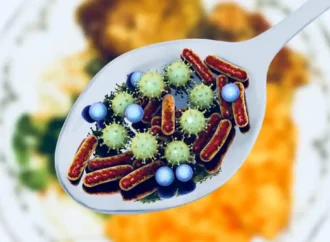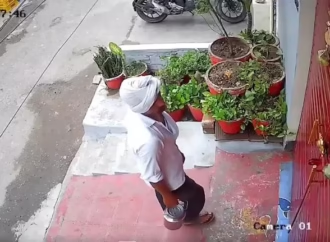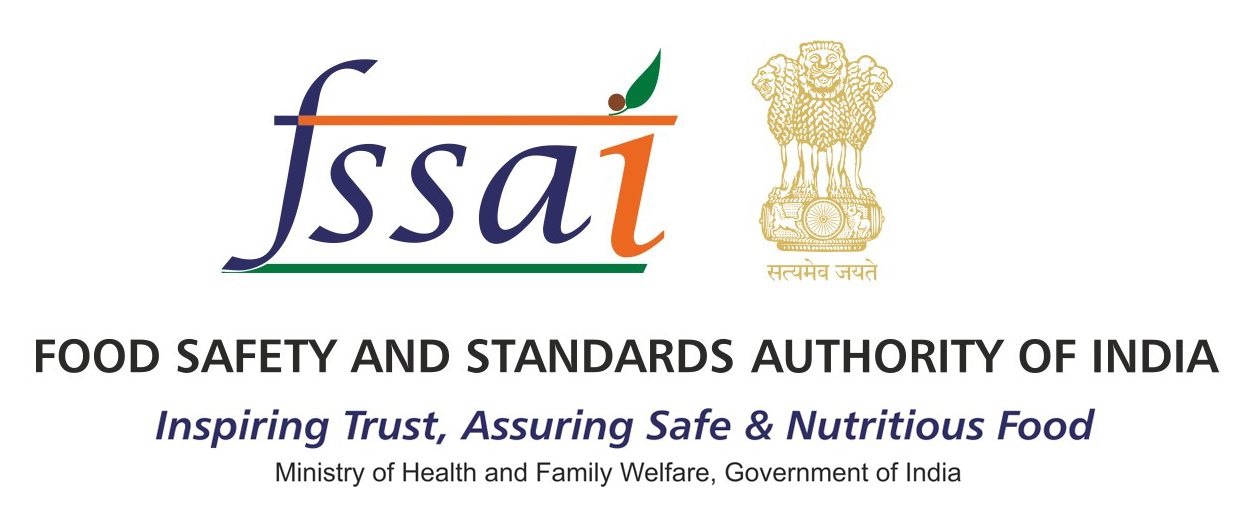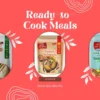Sigh. It’s happened again.
You have miscalculated the amount of uncooked rice or pasta you needed for lunch, or maybe your family just didn’t have much of an appetite. There is just way too much left over even after feeding Bruno or Tommy or Mr. Snugglepuss. You could always throw away the leftover food, but your parents’ voice ring in your head, “don’t waste food”.
Whether you are worried about leftovers or meal prepping for the week, these are a few tips to be mindful of when it comes to storing food without getting sick.
 Don’t Ride into the Danger Zone
Don’t Ride into the Danger Zone
All perishable items like fruits, veggies, and meat, should be refrigerated or frozen within two hours after cooking or after coming out of the refrigerator (like in the case of pastry). If the room air temperature is above 32°C , the leeway time reduces to one hour. As cooked food cools or chilled food returns to room temperature, the temperature of the food enters a danger zone (5°C – 60°C) which promotes bacterial growth.
Your fridge temperature should be kept at 4°C or below and the freezer temperature should be below -14°C.
When storing leftovers, don’t crowd the refrigerator or freezer so tightly that air can’t circulate.
Use Small and Shallow Containers: Store leftover food in small, shallow containers in the refrigerator. Shallow containers help to cool leftovers quicker than storing them in large/deep containers. The shallow containers provide more food surface contact area and ensures even chilling of the food.
Don’t put very hot food into the refrigerator. Wait until steam has stopped rising from the food before putting it in the fridge. Keep cooked food above the raw food. Raw food should always be stored in covered or sealed containers to prevent cross contamination.
If you want to store leftovers for longer, freeze them immediately. Frozen food may stay safe indefinitely, though the quality may decrease over time. Most food stored in the freezer stays in tip-top shape for about 2-4 months.
| Food | Preservation temperature |
| Ice cream, Frozen Vegetables and butter | -18°C |
| Meat products | -18°C |
| Seafood products | -18°C |
| Dairy Products like cheese | 2°C to 4°C |
| Fruits and Vegetables | 4°C |
Rightly use Leftovers
Bacteria responsible for food poisoning can grow in frozen food while it is thawing in the temperature danger zone or above 5°C. It is best to keep defrosted food in the fridge until it is ready to be cooked. If using a microwave oven to defrost food, cook it immediately after.
Reheat the food to an internal temperature of minimum 82°C or for 70°C for two minutes. The food once removed from the fridge / freezer should be heated and eaten within 24 hours of being fully defrosted. Refrigerated leftovers must be used within 2-3 days.
Always chuck the food if you find an off-putting odour, unsightly growth, suspicious colour changes or it just tastes funny. If you are not certain if the food is spoilt remember – when in doubt , throw it out.
As a rule of thumb, don’t freeze food a second time. The risk of growth of food poisoning bacteria is higher.
The risk of course, depends on the condition of the food when frozen, and how the food is handled between thawing and refreezing. So only take the amount you would need to use for the next 24 hours.
High Maintenance
Some foods require more care than usual. These foods are at a higher risk of carrying dangerous pathogens like salmonella , botulinum toxin, listeria.

High-risk foods include
- meat – raw and cooked, such as chicken and minced meat, and foods containing them, such as casseroles, curries and lasagne
- dairy products including dairy-based desserts like custard, cheesecake
- eggs and egg products
- seafood
- cooked rice and pasta
- prepared salads – such as coleslaws, pasta salads and rice salads
- prepared fruit salads
- ready-to-eat foods like sandwiches, rolls, and pizzas
Food that comes in packages, cans and jars are high-risk foods once opened, and should be handled and stored correctly. Cans that show swelling, leakage, punctures, holes, deep rusting, or crushing or denting severe enough to prevent normal stacking or opening with a manual, wheel-type can opener should be returned or thrown away.
It is imperative to follow packaging instructions and to handle these foods with utmost care and follow the guidelines to a T.
Best Before , Expiry Date
Really, what is the difference between ‘best before’ date and ‘expiry date’?
Expiration date is the last day a product is safe to consume.
Best before date, on the other hand, tells you that the food is no longer in its most perfect form beyond that date. It may just lose some of its freshness, taste, aroma or nutrients. It does not necessarily mean that the food is no longer safe to eat. But eater discretion is advised.
Food Hygiene- No Laughing Matter
An overwhelming majority of the population has experienced food poisoning in one form or the other.
WHO estimated 600 million – almost 1 in 10 people in the world – fall ill after eating contaminated food and 4,20,000 die every year. Children under 5 years of age carry 40% of the food-borne disease burden, with 125 000 deaths every year.
Unsafe food and water is the leading cause of preventable infections in India.
When In Doubt, Throw it Out
It is safe to conclude this article by saying – it is better to be safe than sorry. Good food hygiene goes a long way in keeping you and your loved ones safe. Store your food properly and follow the mantra “when in doubt, throw it out”, and that applies to everything.
 Food Manifest
Food Manifest 
















Leave a Comment
Your email address will not be published. Required fields are marked with *